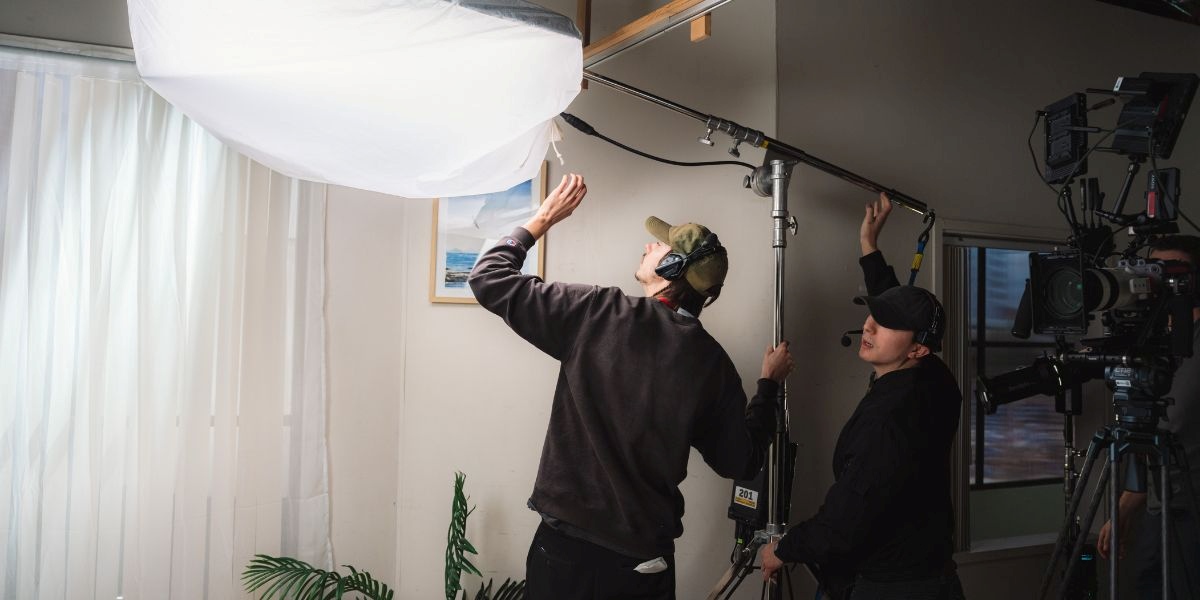By: SEO Mavens
There’s something magical about bringing the beauty of nature indoors with a carefully crafted bouquet. Whether you’re an aspiring florist or simply love to brighten your home with fresh blooms, creating stunning bouquets is an art form that anyone can master with a bit of knowledge and practice. From selecting the perfect flowers to arranging them with finesse, let’s explore the world of bouquet design and discover how to transform simple stems into breathtaking floral masterpieces.
The Art of Flower Selection
The first step in creating a beautiful bouquet is choosing the right flowers. While personal preference plays a significant role, consider factors such as seasonality, color harmony, and the overall mood you want to convey. Spring bouquets might feature tulips, daffodils, and hyacinths, while summer arrangements could showcase sunflowers, dahlias, and zinnias. For a year-round option, roses, lilies, and chrysanthemums are always popular choices.
Don’t be afraid to mix different types of flowers for added interest. Combine large, showy blooms like peonies or hydrangeas with smaller, delicate flowers such as baby’s breath or statice. Including a variety of textures and shapes adds depth and dimension to your bouquet.
Color Harmony and Contrast
Color plays a crucial role in bouquet design. You can opt for a monochromatic scheme using different shades of the same color for a sophisticated look, or create a vibrant rainbow effect with a full spectrum of hues. Complementary colors, such as purple and yellow or blue and orange, can create striking contrasts that catch the eye.
For a more subtle approach, consider using analogous colors – those that sit next to each other on the color wheel – for a harmonious and calming effect. Pastels are perfect for creating soft, romantic bouquets, while bold, saturated colors make for dramatic and energetic arrangements.
Bouquet Styles and Techniques
Classic Round Bouquet: This timeless style features flowers arranged in a dome shape, perfect for formal occasions or traditional settings. Start with a focal flower in the center and work outwards, adding layers of blooms in decreasing size.
Hand-Tied Bouquet: A more relaxed and natural-looking arrangement, hand-tied bouquets are created by gathering stems in your hand and securing them with floral tape or twine. This style works well for wildflower-inspired designs or rustic themes.
Cascade Bouquet: Also known as a waterfall bouquet, this dramatic style features flowers and foliage that flow downwards, creating a sense of movement. It’s perfect for formal events and weddings.
Asymmetrical Arrangement: For a modern and artistic look, try an asymmetrical design. This style plays with balance and negative space, creating a unique and eye-catching bouquet.
Flowers in a Box: A contemporary twist on traditional bouquets, flowers in a box have gained popularity in recent years. These sleek, often round hat boxes filled with carefully arranged blooms offer a chic and Instagram-worthy presentation. They’re perfect for gifting or as a stylish centerpiece for modern interiors.
Elements of Design
To elevate your bouquet from ordinary to extraordinary, consider these design elements:
Focal Point: Choose one or two standout flowers as the centerpiece of your arrangement. These should be the largest or visually striking blooms.
Filler Flowers: Smaller, more delicate flowers help to fill gaps and add texture to your bouquet. Popular choices include baby’s breath, waxflower, and asters.
Greenery: Foliage not only adds a natural touch but also provides structure and can help separate different flower types. Eucalyptus, ferns, and ivy are excellent options.
Height and Depth: Vary the heights of your flowers to create a sense of depth. Taller flowers in the back, medium-height blooms in the middle, and shorter flowers in the front create a pleasing visual flow.
Negative Space: Don’t be afraid to leave some empty spaces in your arrangement. This can actually enhance the overall design by allowing each flower to shine.
Tips for Long-Lasting Bouquets
To aim your beautiful creation stays fresh for as long as possible, consider following these tips:
Step 1. Cut stem ends at a 45-degree angle before placing them in water. This increases the surface area for water absorption.
Step 2. Remove any leaves that will be below the waterline to prevent bacterial growth.
Step 3. Use clean, lukewarm water and change it every few days.
Step 4. Keep your bouquet away from direct sunlight and heat sources.
Step 5. Add flower food to the water to provide nutrients and inhibit bacterial growth.
Step 6. Regularly remove any wilted flowers or foliage to maintain the bouquet’s appearance and health.
From Novice to Expert
Creating stunning bouquets is a skill that improves with practice. Don’t be discouraged if your first attempts don’t look professional – even being an experienced florist continue to refine your craft. Experiment with different flower combinations, colors, and styles to find what resonates with you.
Consider taking a floral design class or workshop to learn advanced techniques and gain hands-on experience. Many local florists and community centers offer such courses, providing valuable insights into the world of professional flower arranging.
Whether you’re crafting a simple bunch of wildflowers or an elaborate centerpiece, remember that the joy of bouquet creation lies in the process as much as the result. Let your creativity bloom, and soon you’ll be transforming simple stems into breathtaking works of art that bring nature’s beauty into your home.
Published by: Khy Talara






